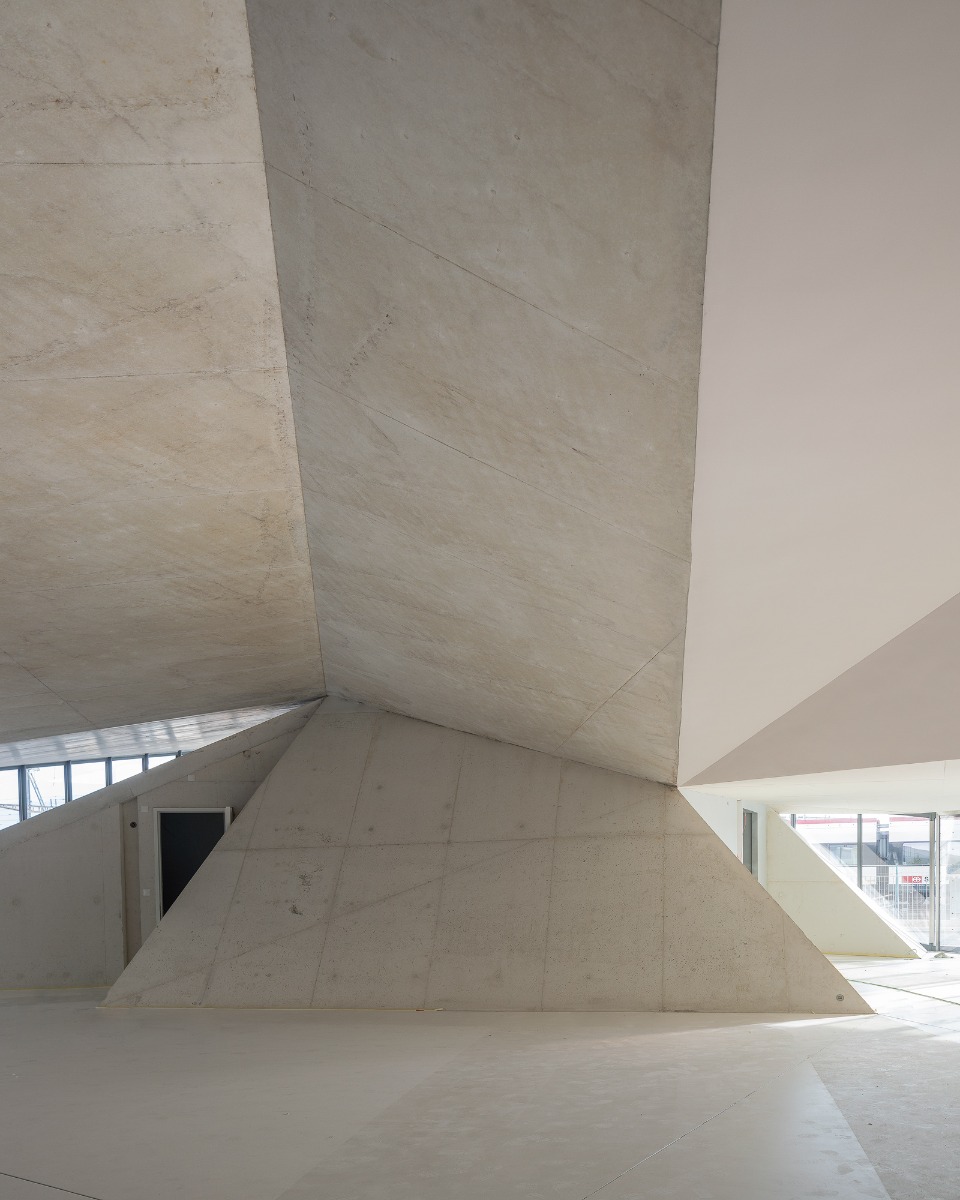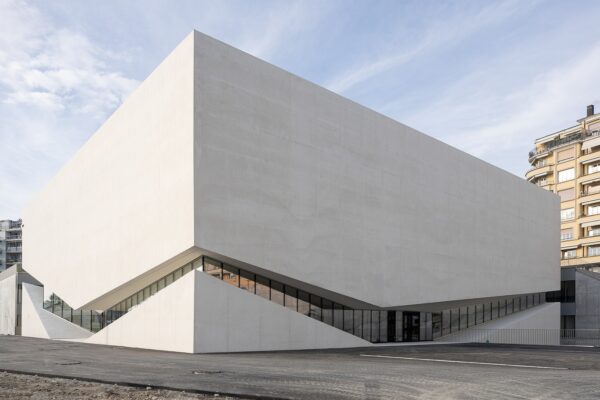
Photo Elysée +MUDAC / Aires Mateus
In June 2022, Photo Elysée will reopen its doors in the heart of Plateforme 10, Lausanne’s new arts district, in a building designed by Aires Mateus and shared with the MUDAC.
The building by the Portuguese architect Aires Mateus brings together the complementary nature of the two museums, Photo Elysée and MUDAC, on either side of the luminous gap that marks the common entrance.
Architects: Aires Mateus
Location: Lausanne, Switzerland
Photography: Mathieu Gafsou, Philippe Bréchet


One museum, two museums.
Aires Mateus
A staircase leads to the Photo Elysée exhibition spaces on the ground floor and to the MUDAC on the second floor. With a total surface area of nearly 3,800 square meters, Photo Elysée exhibition spaces, whose scenography will be designed by Studio Adrien Gardère.


The exhibition spaces are flexible because they are modular, and allow the presentation of the collections and the scenography of temporary exhibitions to be deployed in a flexible manner. The storage and technical services in the basement will guarantee optimal conservation of the collections, while the administrative spaces surround the central building to the north and west, which is itself entirely devoted to the public.





Photo Elysée is one of the most important museums entirely dedicated to the photographic medium. Each year, we produce demanding exhibitions, distribute reference editorial content, conceive innovative events and offer events open to all.
Since its creation in 1985 as a “museum for photography”, Photo Elysée has been questioning the permanent reinvention of the medium through the great figures who have marked its history by imagining new ways of seeing or making people see, while revealing in a privileged way the emerging photography which, through unseen views, bears witness to the world of today and prefigures that of tomorrow. In other words: to cover all the subjects of photography, to discover them sometimes, and above all to make them rediscovered.
The museum’s collection of more than 1,200,000 phototypes covers the entire field of photography, from the first processes dating from the 1840s to the digital image. It includes many complete photographic collections or archives.
